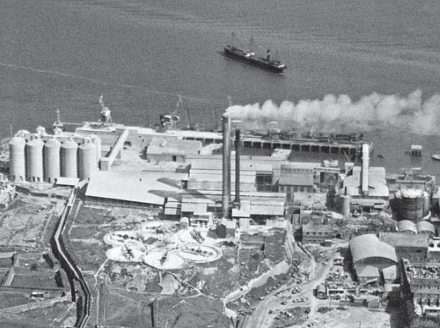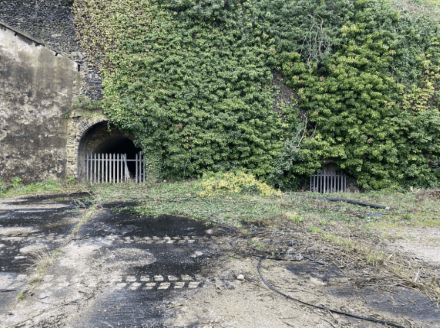

Bevan Cement Works - 1927 and 1939
Northfleet’s heritage dates back thousands of years. The Romans settled in the area and quarried chalk, which they combined with water and used to bind bricks and stone. Saxon coins dating from 878 AD were found in Victorian times. In 975 AD records show that Northflyot was the most important manor house in Tollingtrue Hundred being larger and more valuable than Gravesend.
In industrial history James Parker set up kilns on Northfleet creek In 1796 . This was the beginning of a large complex of cement works along the river. The manufacture of Portland cement began in 1846 when William Aspdin acquired Parker’s works and built new kilns. By 1900 Bevan’s Cement Works was the largest in the area exporting cement around the world. Through out the twentieth century Britain’s building industry relied on cement from North Kent.
To celebrate Northfleet's proud history we need the community to tell us how it wants to preserve its memories in our new heritage park. How should we exhibit the tunnel entrances for the cement work’s railway through the cliffs? What should the heritage boards in the park reflect? Should the Bevan War Memorial, listing the names of the workers who died in the first world war, be moved into a more prominent position? Should the names of the new roads reflect the area’s past?
The flint walls in College Road are structurally unsound. It is important to preserve the historic stones. We need Northfleet to tell us how the community would like them reused. They could be made into walls in a new location, turned into raised flower beds or used as an exhibit in the heritage park. Tell us how you want to see them preserved.
To be successful the Heritage Park needs to appeal to the memories of the elderly while enthusing the young. Tell us how you think this could best be achieved for the Northfleet community.

Proposed Site For Heritage Park

Tunnel Entrance

Bevan War Memorial